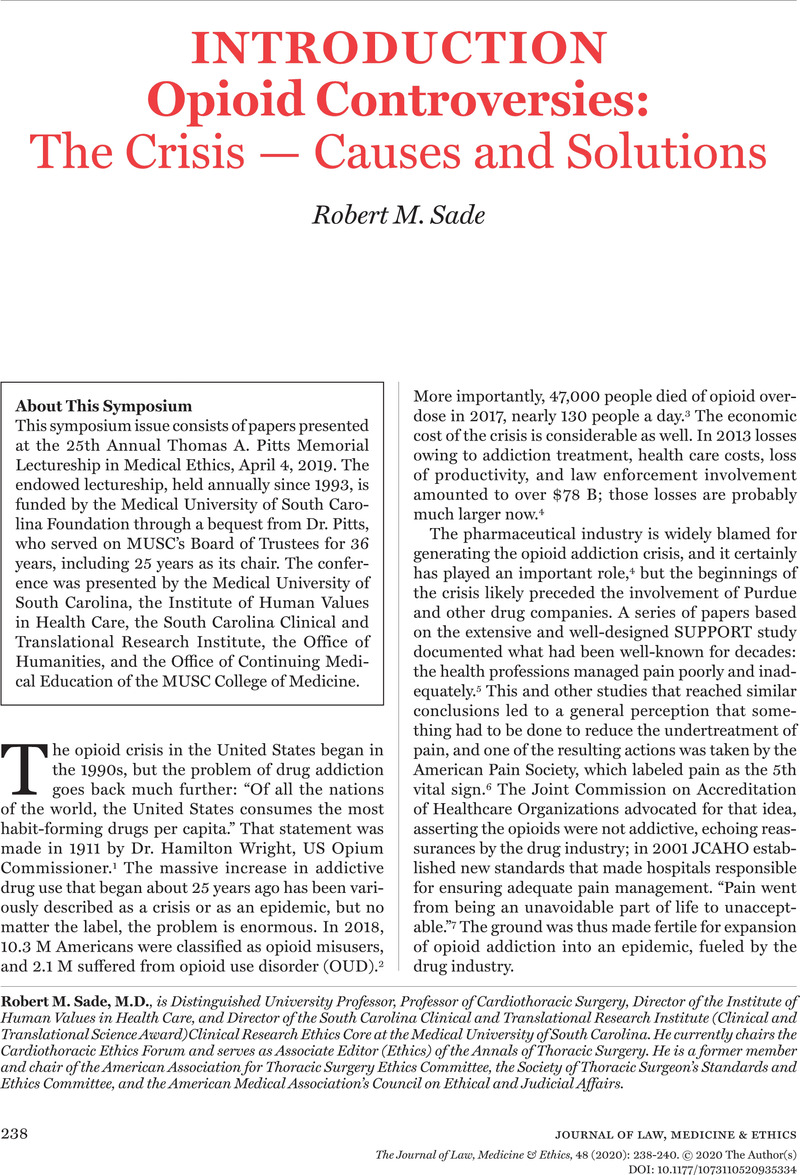Crossref Citations
This article has been cited by the following publications. This list is generated based on data provided by Crossref.
Stalter, Nicholas
Ma, Sisi
Simon, Gyorgy
and
Pruinelli, Lisiane
2023.
Psychosocial problems and high amount of opioid administration are associated with opioid dependence and abuse after first exposure for chronic pain patients.
Addictive Behaviors,
Vol. 141,
Issue. ,
p.
107657.
Ma, Phillip
Cheng, Yan
Goulet, Joseph L.
Sandbrink, Friedhelm
Brandt, Cynthia
Spevak, Chris
Kean, Jacob T.
Becker, William
Libin, Alexander
Shara, Nawar
Sheriff, Helen M
Houston, James S.
Butler, Jorie
Workman, Elizabeth T.
Agrawal, Rajeev M
Kupersmith, Joel
and
Zeng-Treitler, Qing
2024.
Guideline concordant opioid therapy in Veterans receiving VA and community care.
BMC Health Services Research,
Vol. 24,
Issue. 1,



